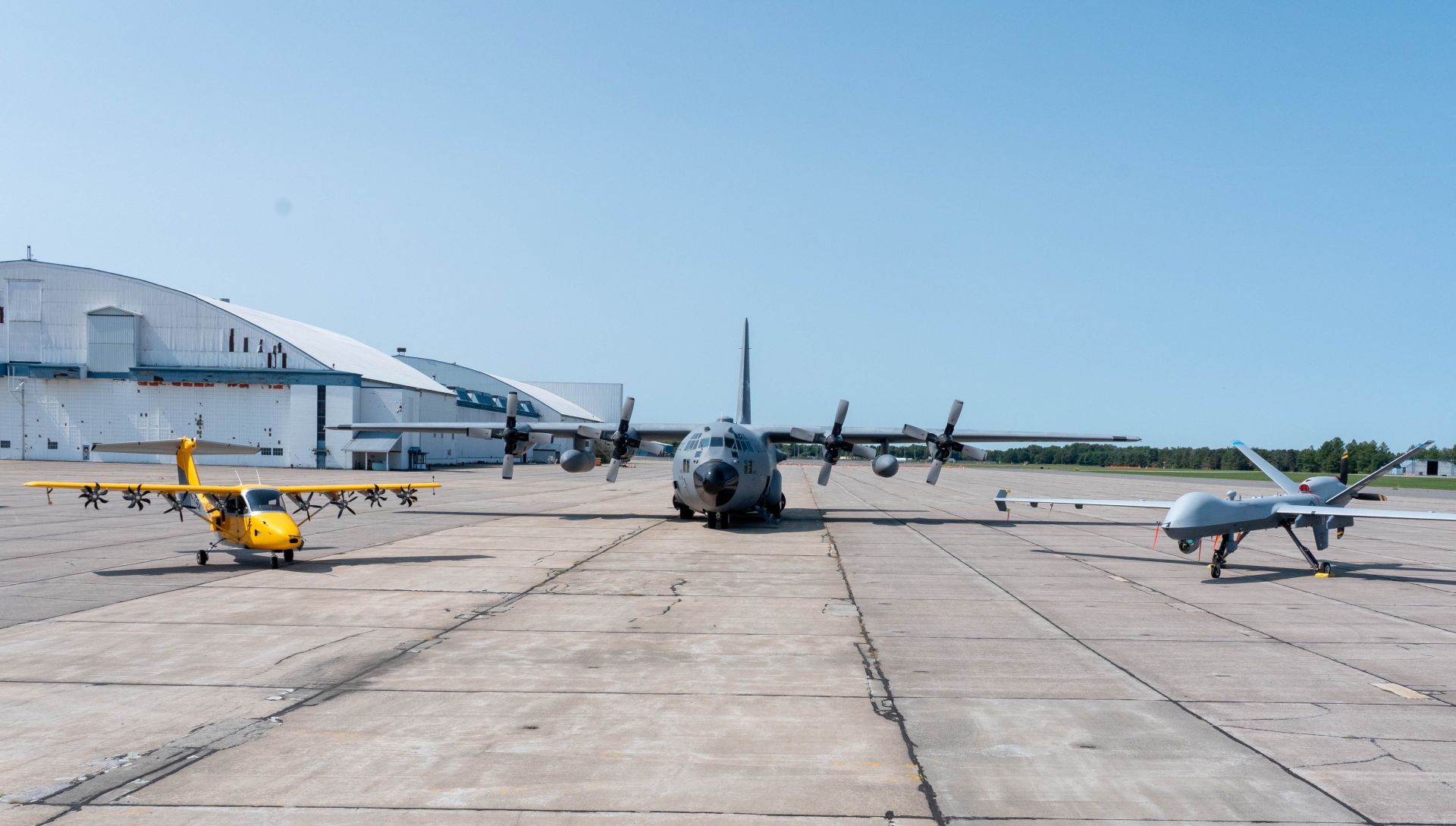Airflow and Ravn Alaska Ink Deal for 50 Carbon-Neutral eSTOL Aircraft

Note: This announcement was originally from Airflow, which was acquired by Electra.
Airflow, Inc., an aerospace company building a next-gen electric short takeoff and landing (eSTOL) aircraft, today announced a letter of intent with Ravn Alaska, the Anchorage-based regional airline, to supply 50 airplanes. This agreement brings Airflow’s total order book, including other customers, to over $200 million for its innovative aircraft that enables operators to greatly expand where they can fly, improve their operating economics, and reduce emissions on a near-term timeline with entry into service planned for 2025.
“From logistics carriers to passenger airlines we hear loud and clear that demand is on the rise. At Airflow, we’re partnering with companies that seek to add new aircraft with new capabilities to their fleets that are flexible, cost-effective, and carbon-neutral,” said Marc Ausman, CEO and co-founder, Airflow. “The Airflow team has designed, built, and flown new aircraft on rapid timescales together before, and now we’re applying those learnings to an aircraft that will improve operating economics for airlines and contribute positively to reducing aviation’s carbon impact.”
Airflow’s hybrid-electric aircraft are able to enter into service with no new infrastructure requirements and limited certification hurdles compared to other electric aviation market entrants. Airflow’s unique aircraft offers operators the ability to reduce operating costs, noise signature, and expand their route network. Future aircraft models from Airflow will feature autonomous systems to further improve cost efficiency and safety.
“As a regional operator, we are committed to serving the many large and small communities of Alaska. That means we are constantly seeking out new ways to deliver the best value and experience for Alaskans,” said Rob McKinney, CEO, Ravn Alaska. “With Airflow, we benefit from the new capabilities the aircraft offers that open up new and different destinations, the constantly improving efficiencies of electrification, and alignment between our fleet and the rising demands of our customers to travel with the smallest carbon footprint possible.”
Recent News

Electra Applies for FAA Type Certification for Groundbreaking EL9 Ultra Short Aircraft

Electra Applies for FAA Type Certification for Groundbreaking EL9 Ultra Short Aircraft

Electra Launches Defense Unit to Deliver Next Generation Airlift Solutions for the Last Tactical Leg

Electra Launches Defense Unit to Deliver Next Generation Airlift Solutions for the Last Tactical Leg

Electra Selects Evolito to Supply Electric Engines for the EL9 Ultra Short Hybrid-Electric Aircraft



